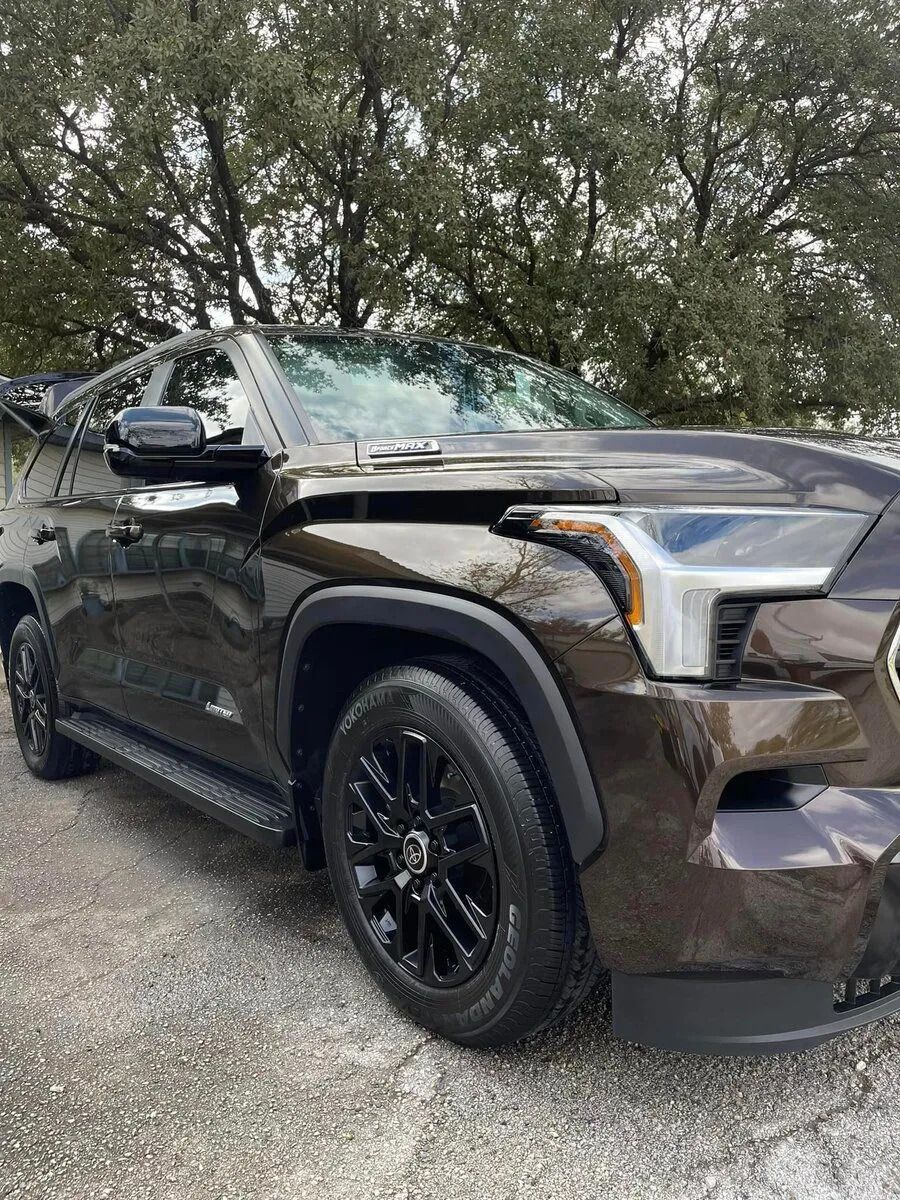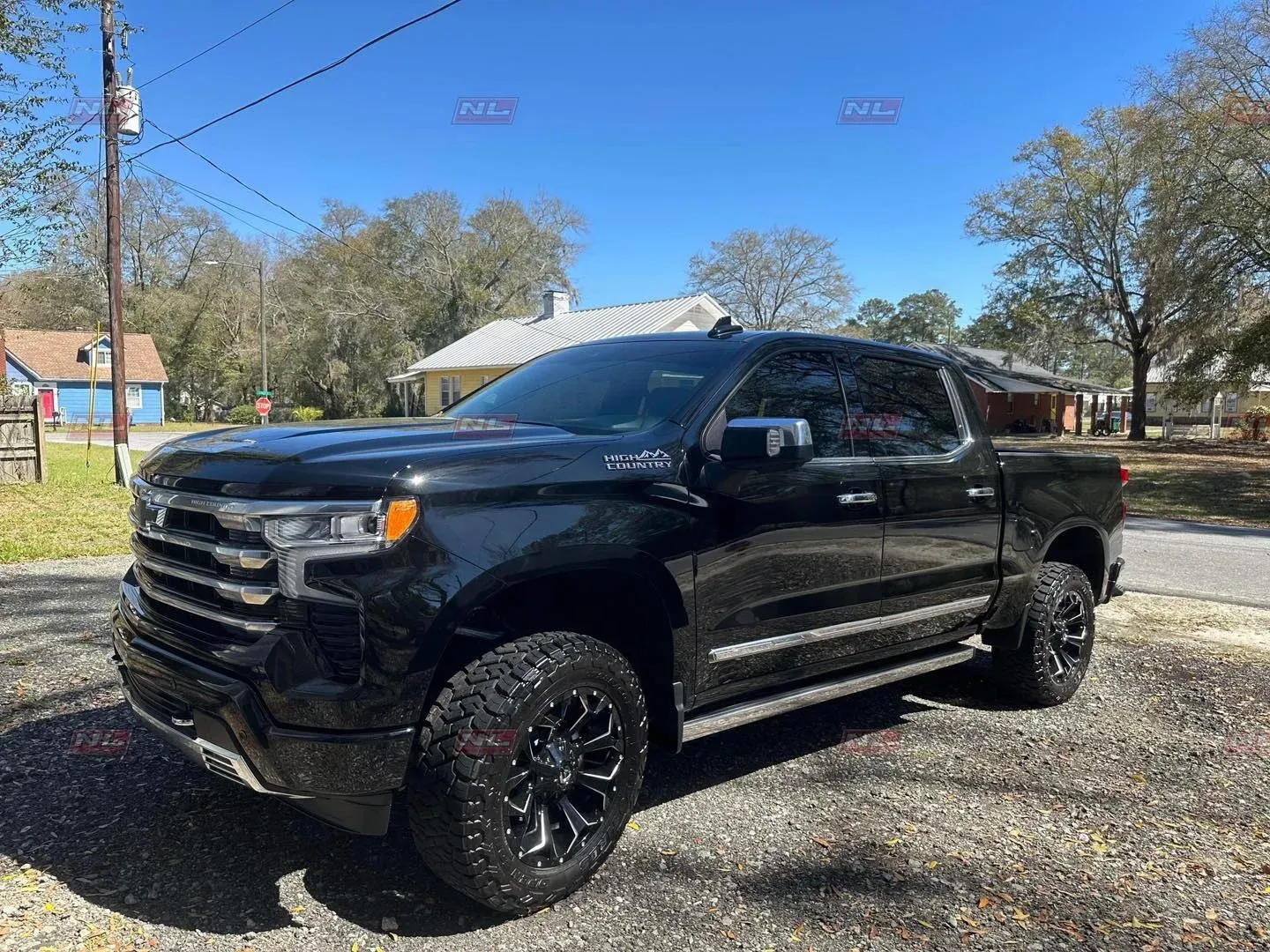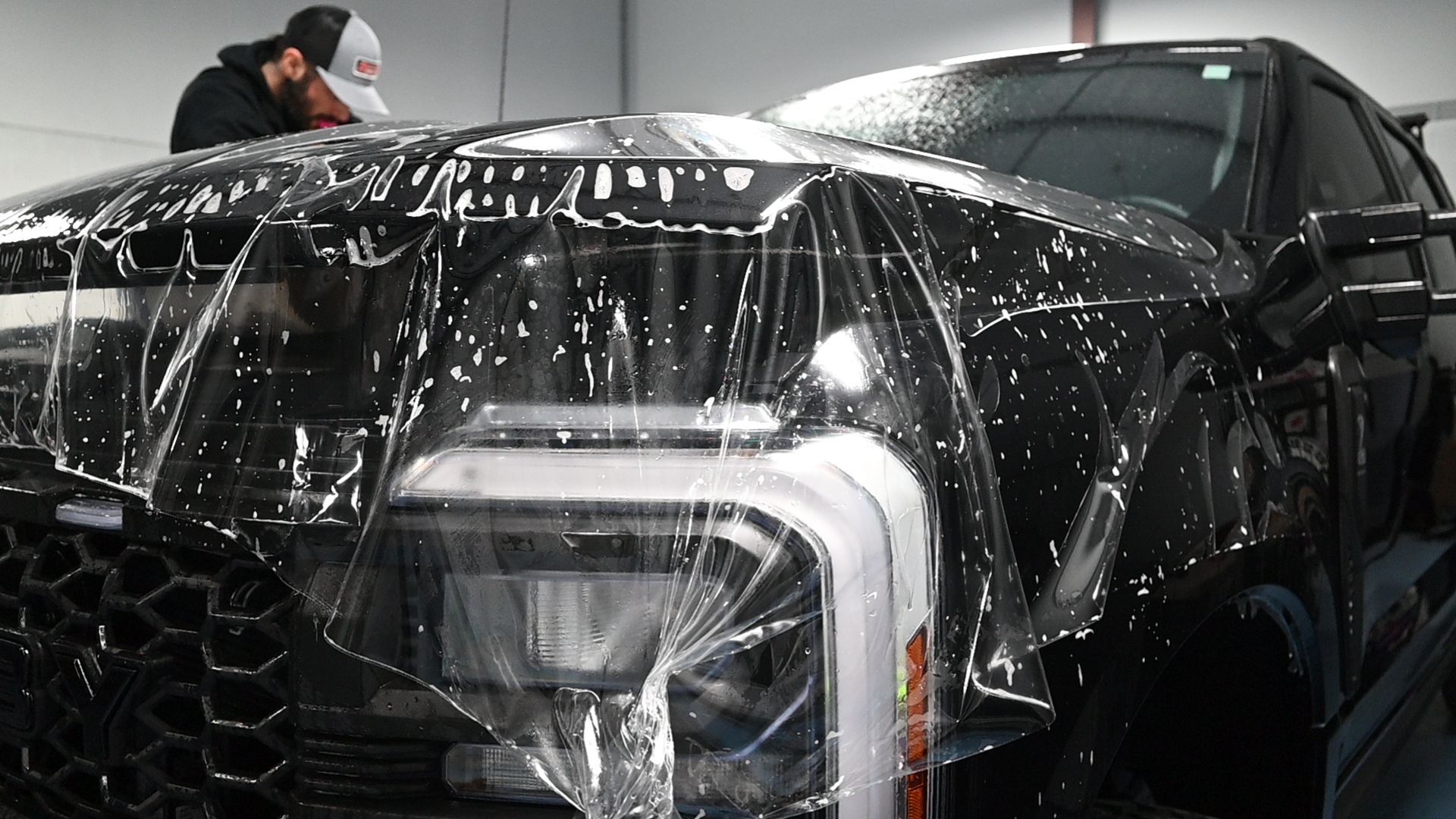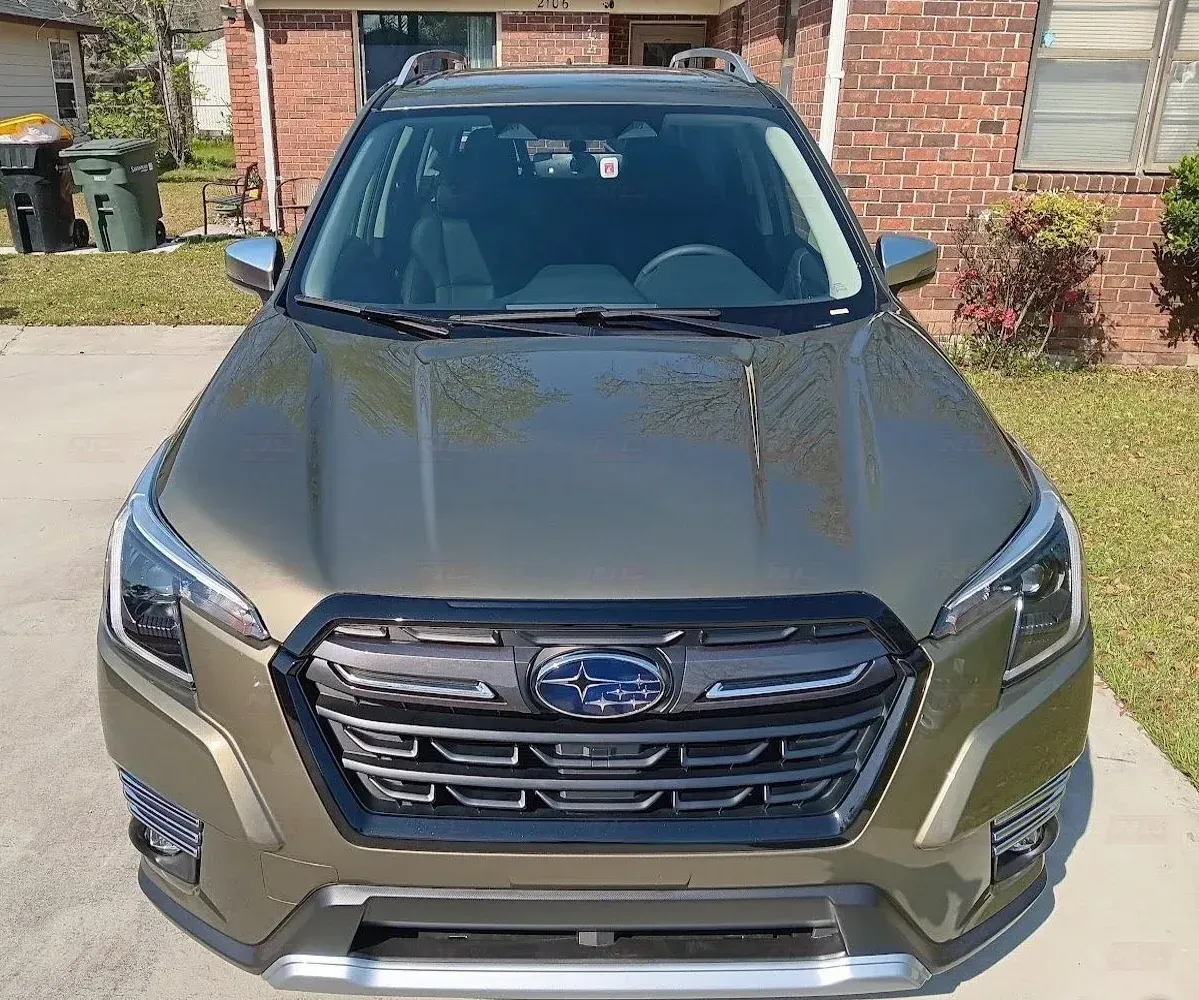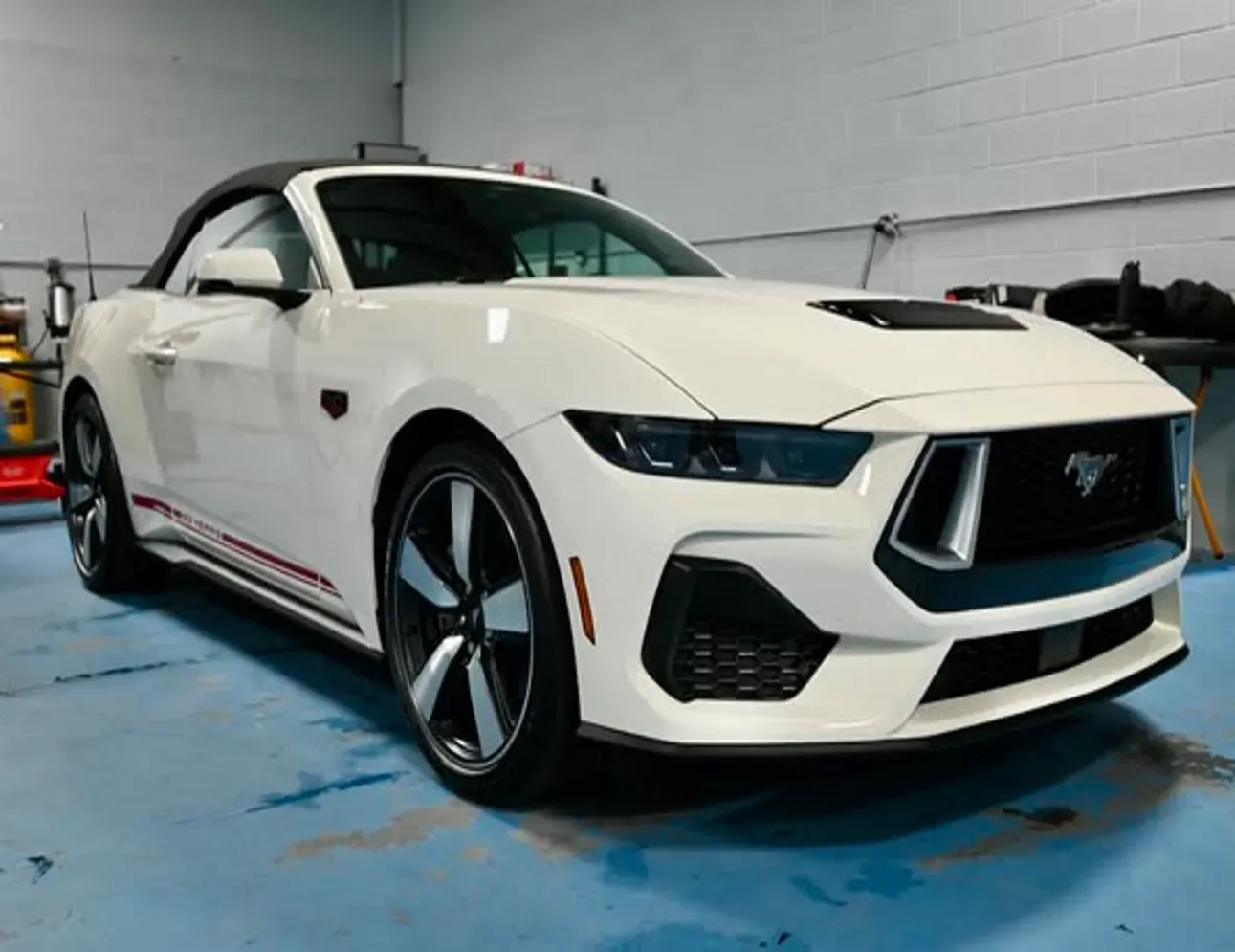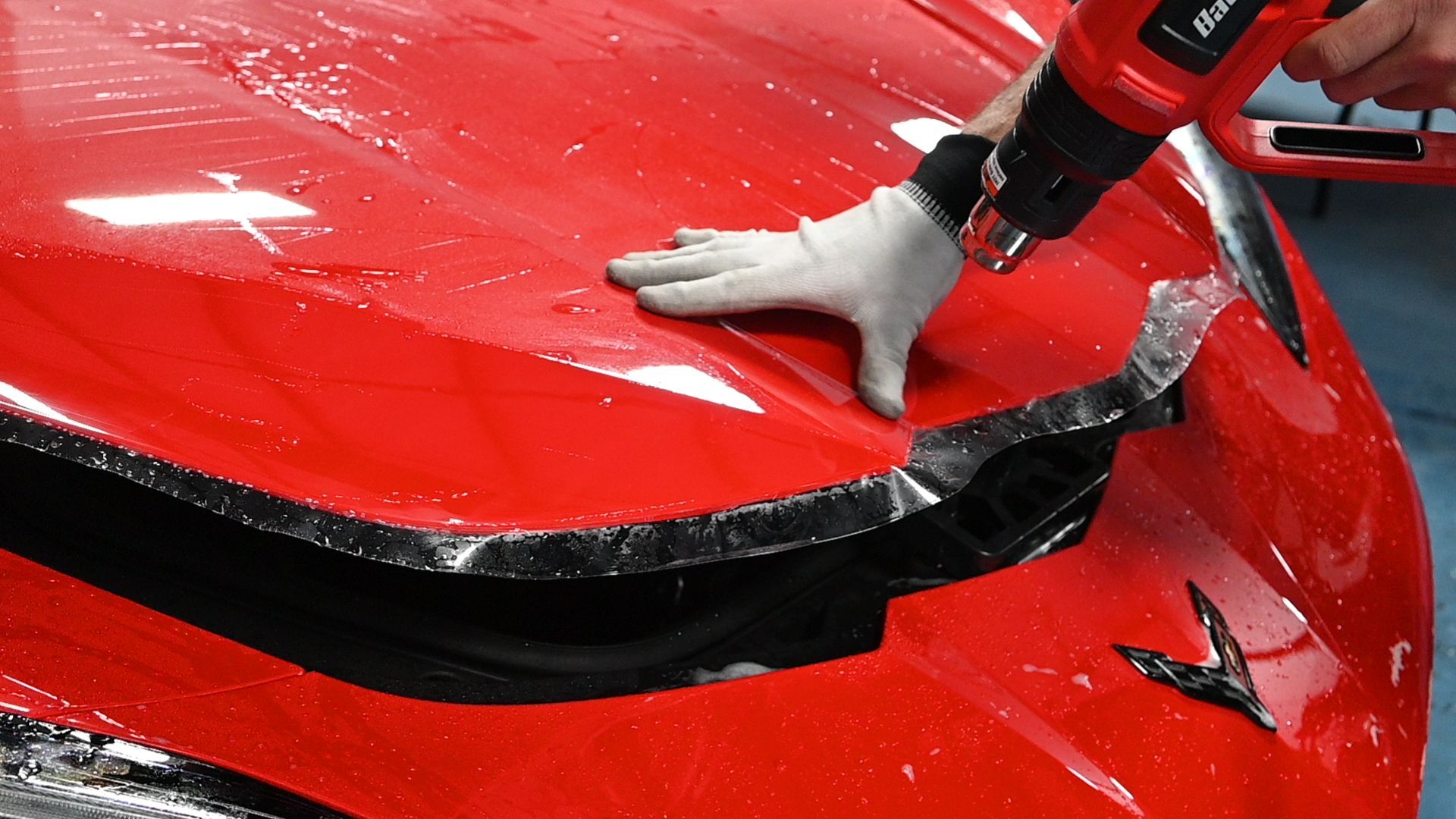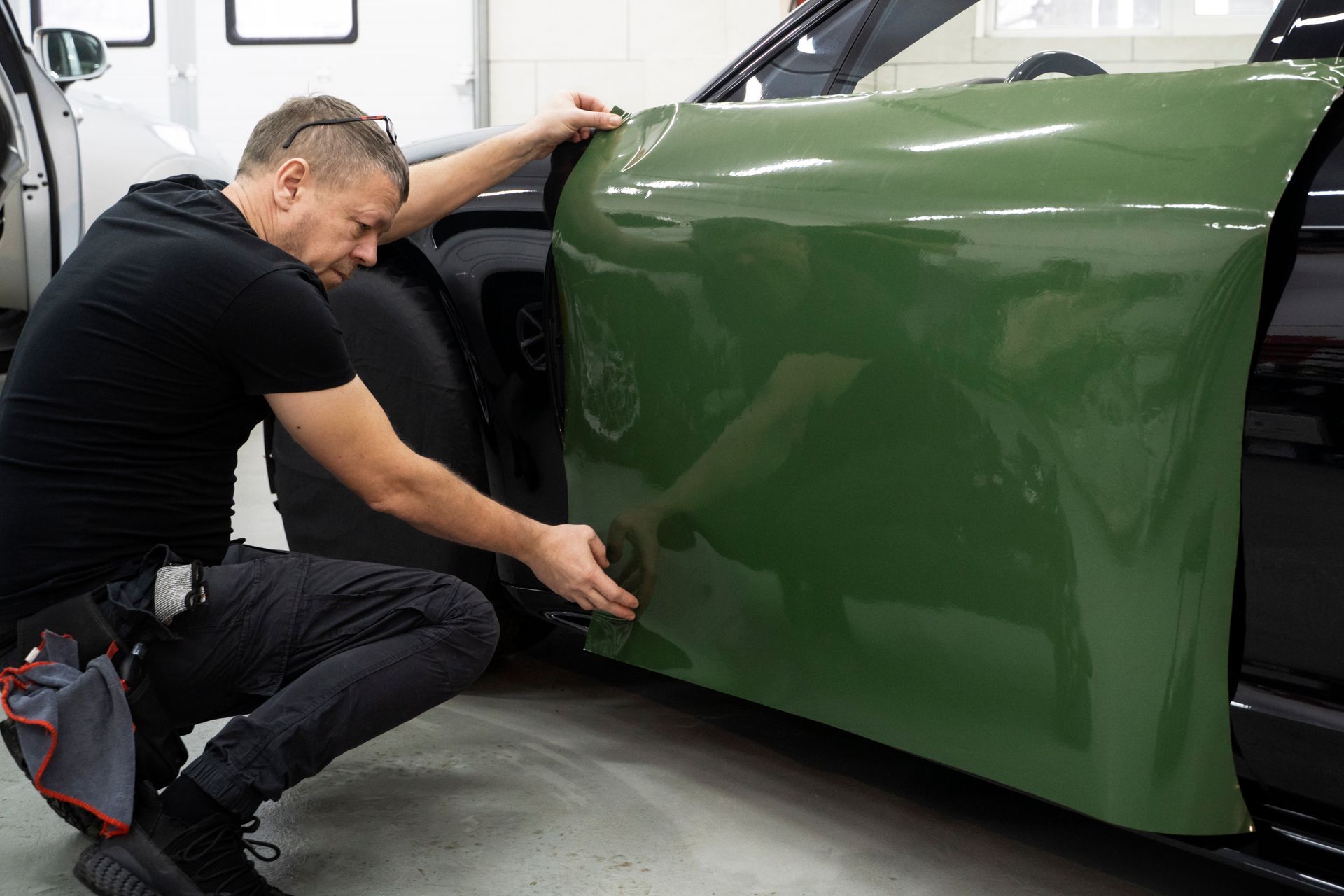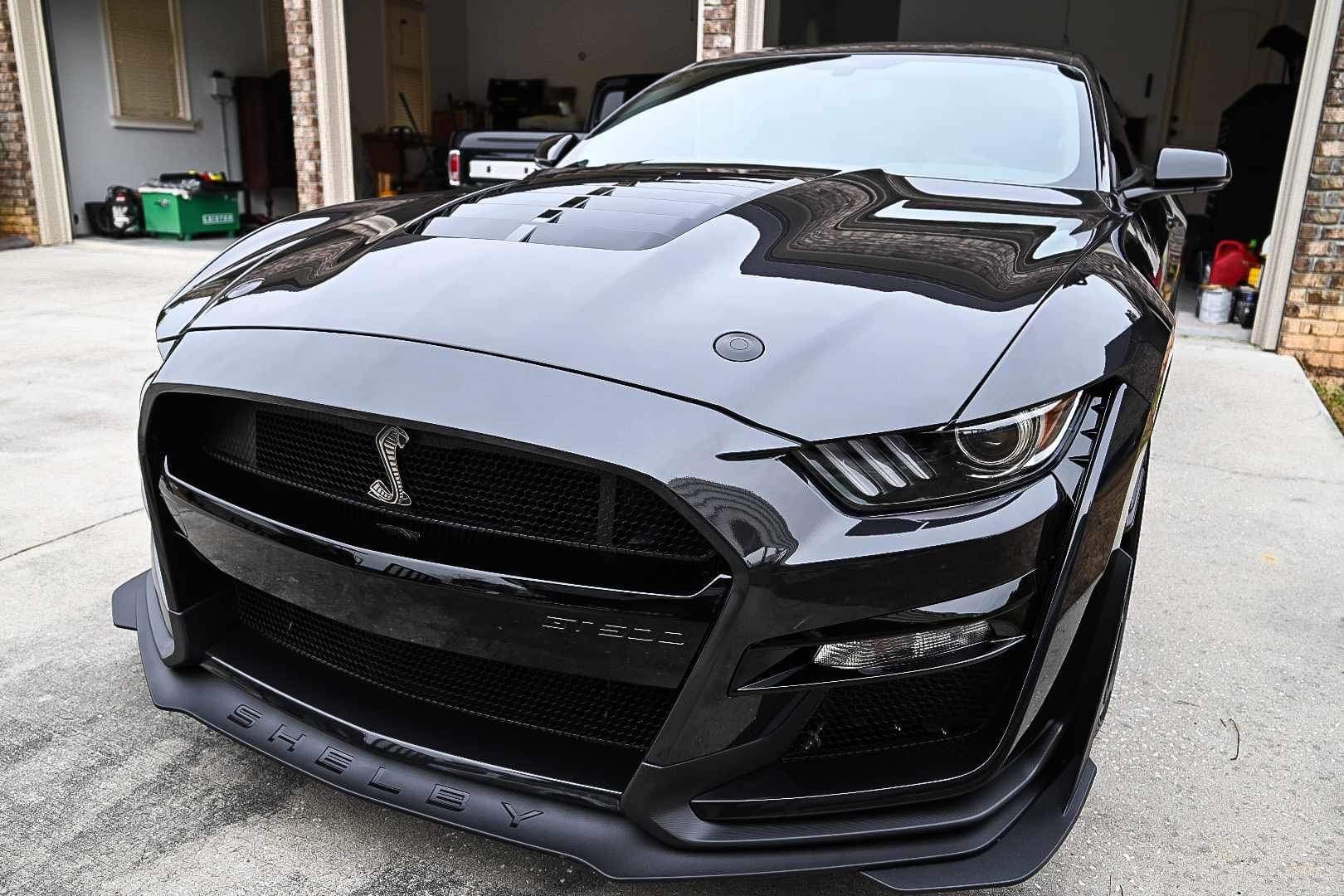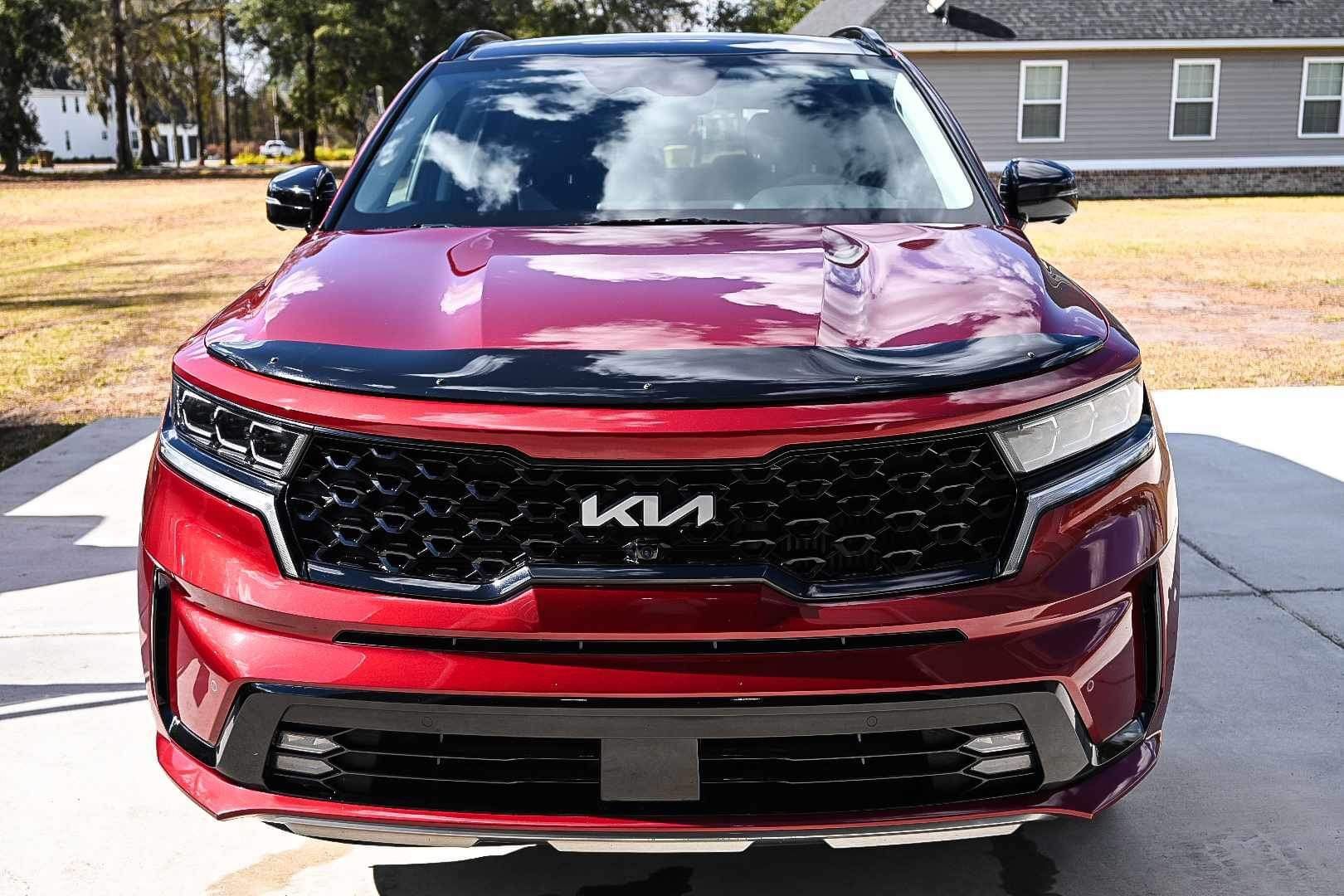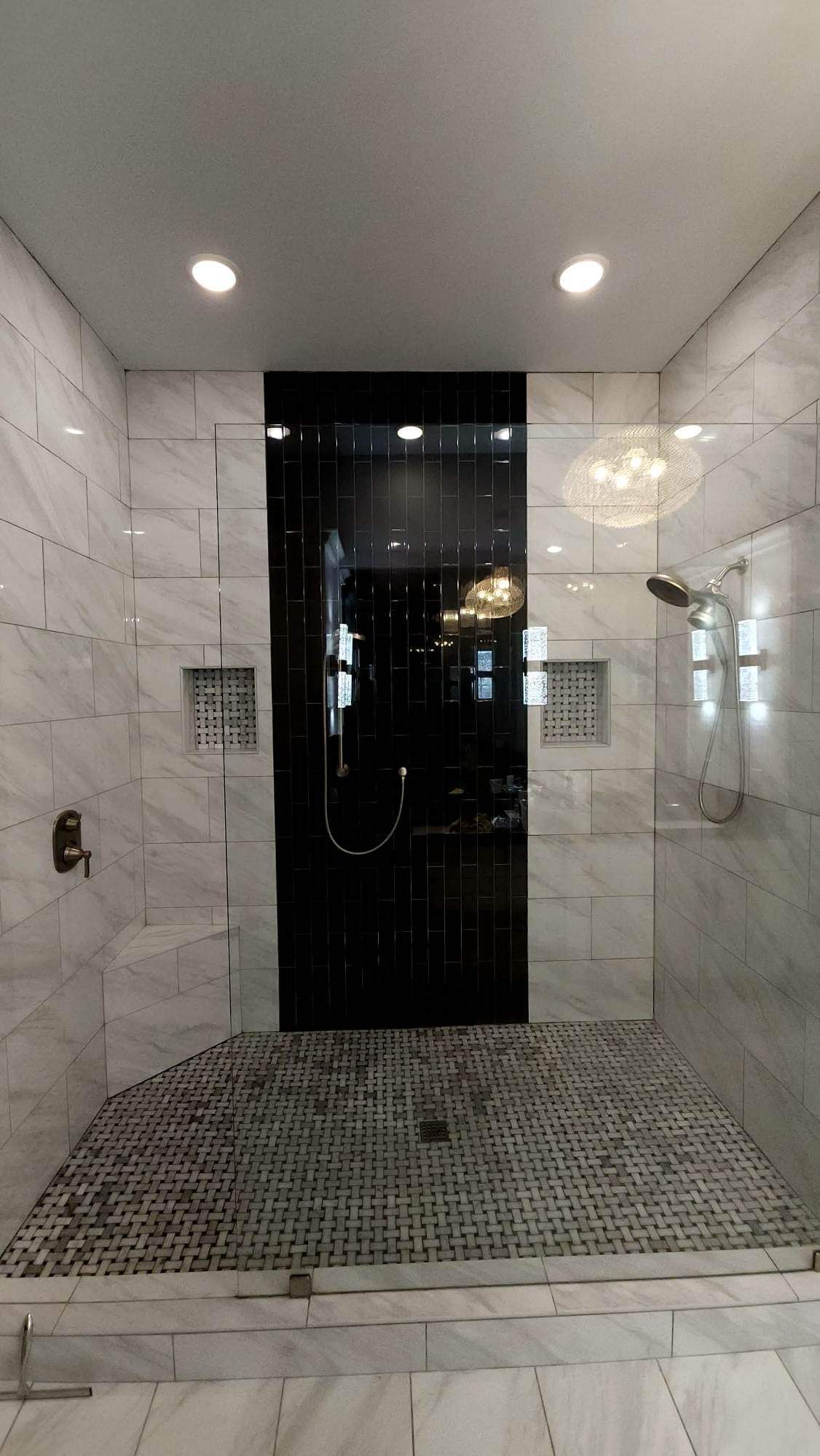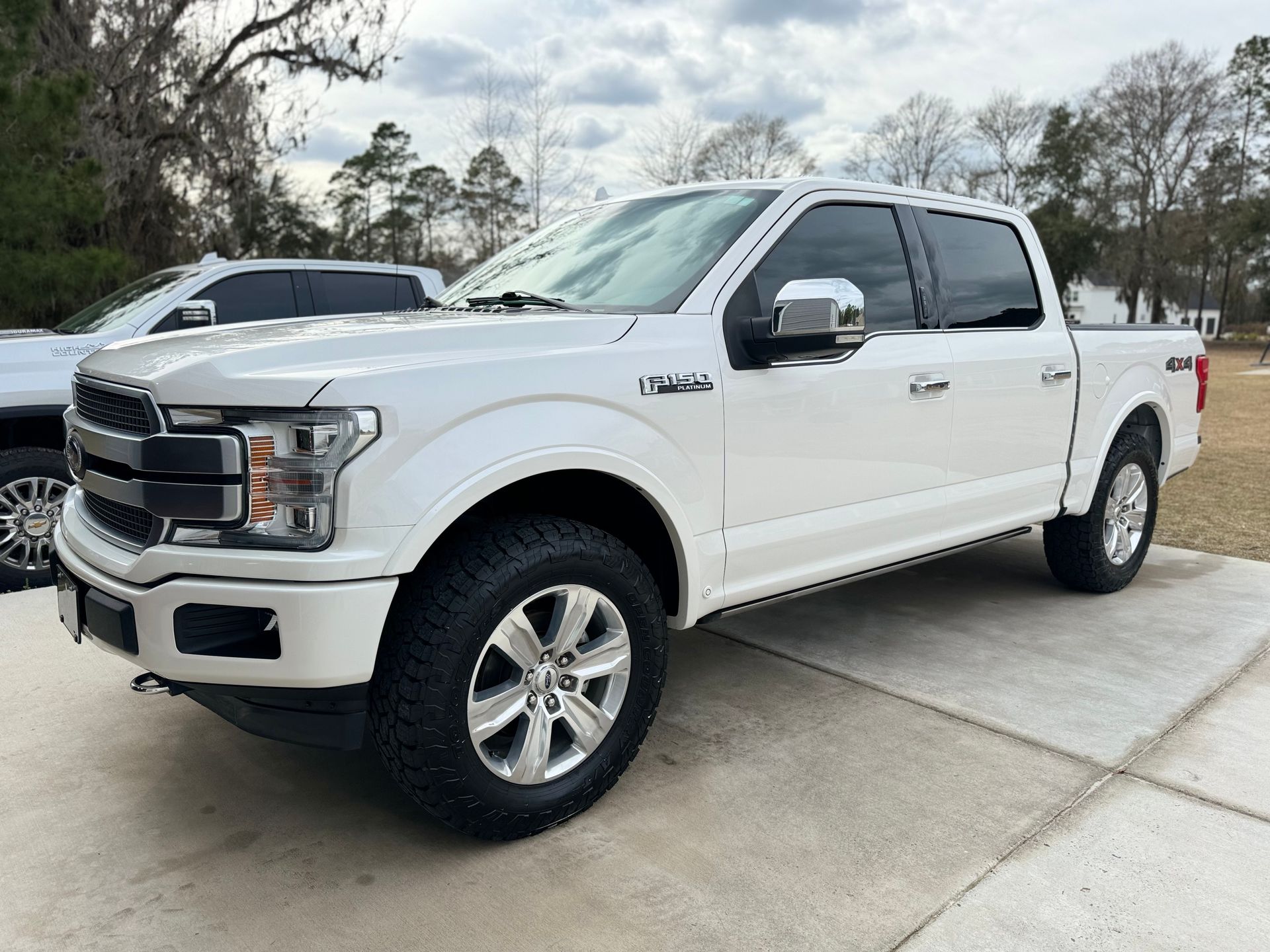The Science Behind Superhydrophobicity: How Ceramic Coating Repels Water
GET A FREE ESTIMATECALL (912) 656-6947
Ceramic coatings utilize advanced hydrophobic properties to form a protective layer over the vehicle's surface. This causes water to bead up and roll off, preventing it from adhering to the paint and enhancing the car's gloss and protection. The secret to their power lies in their nano-scale structure that bonds with the substrate, offering extreme durability and resistance. Unexpectedly, these coatings demonstrate superhydrophobicity—an ability to repel water remarkably. Picture droplets of rain forming perfect balls and rolling off your newly coated vehicle instead of soaking it. This not only preserves the gleam of your auto but also gives it a self-cleaning effect. Let’s discover more about the science behind the superhydrophobicity of ceramic coating!
Fundamentals of Ceramic Coating
Ceramic coatings are comparable to invisible shields, and their secret lies in their composition on a nano-scale level. Comprised of tiny particles, typically silicon dioxide or quartz, these nanoparticles form a tight bond with the surface they're applied to. This grants them the unique ability to not only create a protective layer but also become an integral part of the surface, making the coatings exceptionally durable and resistant to wear and tear.
The magic unfolds as these particles weave together to form a hard, transparent layer atop the surface. This thin film acts as armor against various environmental aggressors, from UV radiation to harsh weather conditions or chemical exposure. The result is a substantial boost in durability and protection for the underlying materials—whether it's the paint on your car, your stone countertops, or even glass windows.
One of the many captivating aspects of these coatings is their capacity to resist water. The semi-permanent nature of the coating combined with its superhydrophobic properties creates an environment where water appears to effortlessly slide off the surface.
The combination of hardness, transparency, and hydrophobicity makes ceramic coatings incredibly versatile in their application and long-lasting in their performance.
On a more technical note, this ability to repel water stems from the ultra-smooth texture achieved by the nanoparticles when they bond with the surface. Water droplets come into contact with this silky layer and instantly form nearly perfect spheres that can roll away with ease. Essentially, by transforming a bumpy dirt road into a smooth highway - there's no friction to stop the water droplets from gliding away.
This is precisely why ceramic-coated surfaces remain free from unsightly water spots and stains, making them much easier to clean while maintaining their appearance for longer periods of time.
So there you have it—the invisible power of ceramic coatings isn't just skin deep. Its molecular-level bond and hydrophobic properties make it a game-changer for extending the lifecycle of various materials while keeping them looking pristine.
Exploring this further leads us to uncover even more intriguing facets regarding the outstanding hydrophobic features of ceramic coatings.
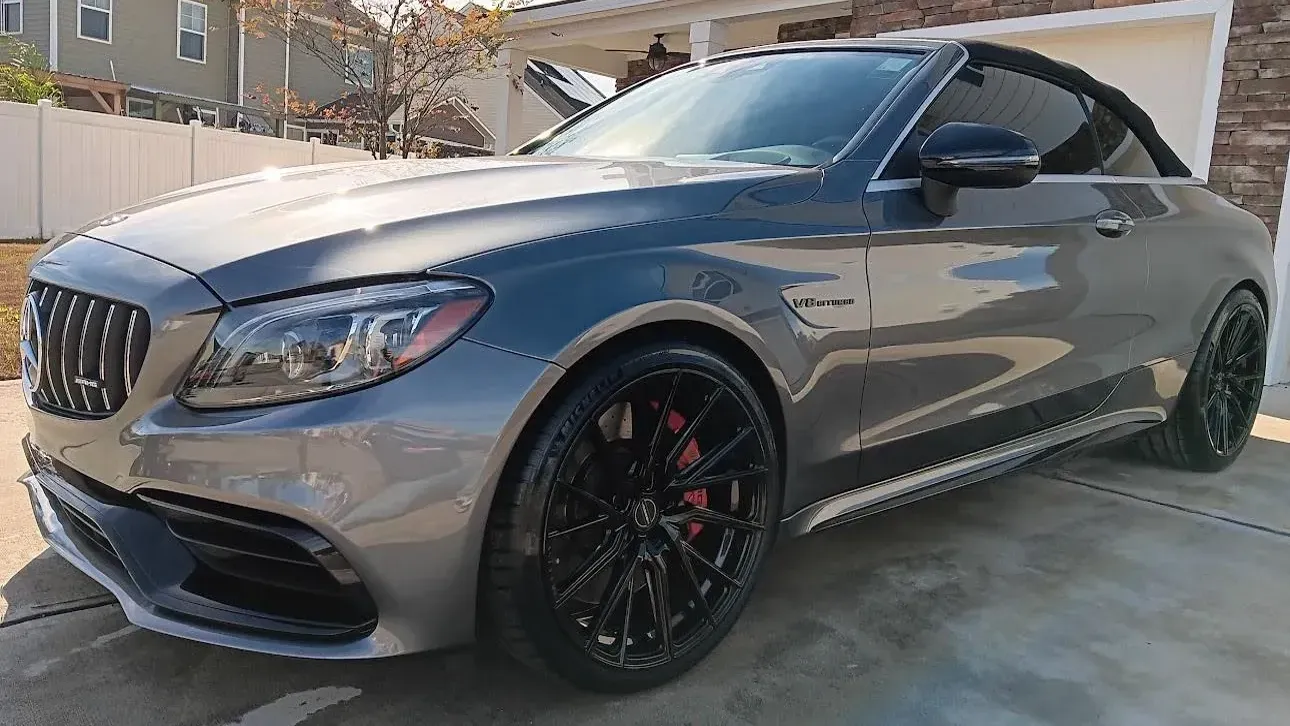
Superhydrophobic Features of Ceramic Coatings
Imagine a surface where water doesn't just slide off, but actually beads up and rolls away in one swift motion. This is exactly what happens when a material is described as superhydrophobic. And this remarkable property is where ceramic coatings really stand out.
The secret sauce lies at the nano-scale level. When a ceramic coating is applied to a surface and left to cure, it creates an incredibly fine texture, almost like a microscopic mountain range. This structure affects how water interacts with the coated surface on an unimaginably small scale.
Nano-Scale Surface Structure
On the nano-level, the surface appears uneven, with tiny peaks and valleys caused by the coating. When water comes into contact with this uneven surface, instead of spreading out or being absorbed, it forms distinct droplets due to the surface tension effect. These water droplets exhibit minimal contact area with the surface, causing them to bead up and roll off effortlessly.
This beading effect not only prevents water from staying on the surface but also picks up and flushes out any dirt particles that might have settled on it. As a result, when rain or moisture comes into contact with your ceramic-coated surface (whether it's a car, window, or any other substrate), they simply roll off, carrying away any impurities present. In essence, it's like enjoying auto renewable protection for whatever your ceramic-coated treasure might be.
The concept of superhydrophobicity isn't just about preventing water stains; it's like having a guardian against persistent dirt and grime that could spoil the outlook of your treasured possessions.
Superhydrophobic Coatings on Liquid Behavior
When liquid encounters a surface treated with superhydrophobic ceramic coating, it's like witnessing magic. Instead of clinging to the surface and creating an unattractive film, the liquid transforms into tiny beads that seamlessly roll off. It's almost as if the liquid isn't just repelled—it becomes like a round ball, effortlessly gliding away.
The reduced adhesion plays a crucial role in this phenomenon. Imagine placing a droplet of water on your kitchen counter—normally, it would spread out, right? But if it beads up and rolls around instead, that would be extraordinary! This is the effect that a superhydrophobic coating creates.
Consider how much easier it becomes to clean a window treated with a superhydrophobic coating. Rainwater doesn't leave behind those annoying streaks; it simply slides off, leaving your windows crystal clear without much effort.
Benefits of Applying Ceramic Coatings
Ceramic coatings are not just about making a surface shiny; they offer exceptional longevity and protection, significantly reducing the frequency of detailing and maintenance needed. Think of it as a durable shield that keeps your surfaces looking pristine for longer periods of time.
By bonding with the surface at a molecular level, ceramic coatings create a super tough protective barrier. This means you won't have to worry about applying waxes or sealants every few months because ceramic coatings can resist environmental contaminants like UV rays, chemicals, bird droppings, and other detrimental substances.
Long-lasting Protection
Ceramic coatings adhere strongly to the surface making it easier to clean. This leads to fewer touch-ups and detailing sessions, saving both time and money in the long run. Beyond durability, these coatings provide enhanced resistance to various environmental factors, ensuring the underlying substrate remains unaffected. The protection extends to maintaining the structural integrity of surfaces, safeguarding against damage and deterioration.
Retention of Aesthetics
A significant benefit of ceramic coatings is their ability to preserve the original appearance of surfaces over an extended period of time. This goes beyond protecting from physical harm; it's all about keeping those surfaces shining and looking just like new for years to come. The color and gloss of automobile paintwork can be retained while surfaces on buildings, countertops, or showers maintain their textures and visual appeal over an extended period.
The application of ceramic coatings represents a one-time investment that offers long-term benefits—you get to enjoy reduced time spent scrubbing away stubborn stains, while your surfaces stay looking as fresh as new. Learn more about the
benefits of ceramic coating!

Ceramic Coatings in the Automobile Industry
Automotive finishes, once known for giving vehicles their visible flair, are now under increasing demand to provide more than just good looks. The automotive industry has witnessed a shift from traditional wax and paint sealants to the high-performance protection offered by ceramic coatings. These advanced coatings have become a staple for car enthusiasts and industry professionals alike, and here's why:
Unrivaled Protection against Environmental Elements
Cars face a plethora of harsh outdoor elements each day. From the sun's intense UV rays to corrosive acid rain, vehicles are constantly bombarded with environmental hazards that can wreak havoc on their paint jobs. The protection from UV rays, acid rain, and other environmental pollutants provided by ceramic coatings is unparalleled. It forms an invisible barrier over the paint, preventing oxidation and corrosion, which ultimately extends the lifespan of the vehicle's finish.
It's like ceramic coating acts as a shield for your vehicle's paint, fending off all unwanted adversaries trying to degrade its beauty.
Simplified Maintenance with Self-Cleaning Properties
Cleaning your car regularly is crucial, but wouldn't it be better if your vehicle could help clean itself? The self-cleaning properties of ceramic coatings make maintaining your car a breeze. By actively reducing the accumulation of dirt and grime on the surface, these coatings ensure your vehicle maintains its pristine appearance for longer periods of time.
Enhanced Aesthetics and Showroom-Like Finish
We're often drawn to glossy, high-quality finishes. After applying a ceramic coating to your vehicle, you'll notice an immediate enhancement in the depth of color and a lustrous shine. This not only adds to the aesthetics of the car but also contributes to that showroom-like appeal.
Final Words
In conclusion, it's clear that ceramic coatings have revolutionized the way automobiles are protected and maintained. Whether it's shielding your vehicle from environmental damage or enhancing its overall appearance, these coatings have truly made their mark in the automobile industry.
To learn more about how ceramic coatings can transform your vehicle, contact us at Northern Lights Home & Auto Coatings or call us at (912) 656-6947.

